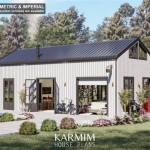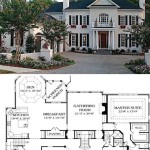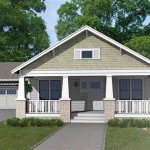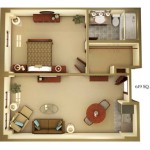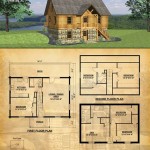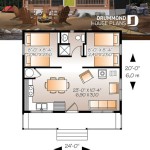House Plans Built In Phases: A Practical Approach to Building Your Dream Home
Building a house is a significant undertaking, both financially and emotionally. For many, the dream of owning a custom-built home can seem daunting due to the perceived cost and complexity. However, a practical and achievable approach is to build the house in phases. This strategy allows homeowners to break down the project into manageable steps, spreading the financial burden over time and allowing them to prioritize their needs and desires.
Benefits of Building a House in Phases
Building a house in phases offers several advantages, making it an attractive option for many homeowners:
Financial Flexibility:
By spreading the cost over multiple stages, homeowners can manage their budget more effectively. They can allocate resources according to their financial capacity and prioritize essential features first.Customization and Flexibility:
Building in phases provides the opportunity to adapt and adjust the design based on changing needs or preferences as the project progresses. It allows for more flexibility in incorporating upgrades or modifications as financial resources become available.Reduced Risk:
Building in phases minimizes the financial exposure associated with a large upfront investment. If unforeseen circumstances arise, homeowners have the flexibility to pause the project or make adjustments without jeopardizing the overall investment.
Key Considerations for Phased Construction
While building in phases offers numerous benefits, it's crucial to consider the following factors before embarking on this approach:
-
Planning and Design:
A well-defined plan is essential for a seamless transition between phases. The design should be carefully considered to ensure structural integrity and future integration. -
Permissions and Permits:
Secure all necessary permits and approvals from local authorities before each phase of construction begins. This includes building permits, zoning compliance, and utility connections. -
Contractor Selection:
Choose a reputable and experienced contractor who understands the complexities of phased construction. Communication and coordination are crucial for a smooth transition between phases. -
Materials and Finishes:
Consider the durability and compatibility of materials used in different phases. Ensure that finishes and fixtures chosen for early phases complement the subsequent stages.
Common Phased Construction Approaches
Here are some common approaches to building a house in phases:
-
Shell Construction:
This involves completing the basic structure, including the foundation, walls, roof, and windows. Subsequent phases can include interior finishes, plumbing, electrical, and other systems. -
Room by Room:
This approach focuses on building one or two rooms at a time, allowing homeowners to occupy and use the completed spaces while construction progresses. -
Basement or Ground Floor:
This involves constructing the basement or ground floor first, creating a functional space for living or storage while the upper floors are built later.
Considerations for Each Phase
Each phase of construction requires careful planning and execution. Here are some key considerations for each stage:
-
Phase 1: Site Preparation and Foundation:
This phase involves clearing the site, grading the land, and constructing the foundation. It's crucial to ensure proper drainage, soil compaction, and structural integrity. -
Phase 2: Framing and Roofing:
This phase involves erecting the walls, roof, and other structural components. This stage requires experienced framers and roofers to ensure proper construction and safety. -
Phase 3: Exterior Finishes and Utilities:
This phase encompasses the exterior cladding, windows, doors, and the installation of electrical, plumbing, and HVAC systems. -
Phase 4: Interior Finishes:
This phase involves drywalling, painting, flooring, cabinetry, and other interior finishes. It's essential to choose materials and finishes that complement the overall design.
Building a house in phases allows homeowners to realize their dream home in a practical and manageable way. By breaking the project into smaller, more attainable steps, they can prioritize their needs, control their budget, and enjoy the process of creating their dream home.

Build In Stages Small House Plan Bs 1084 1660 Ad Sq Ft Expandable To Sf Plans Craftsman Style

Home Plan To Build In Stages 55166br Architectural Designs House Plans

Hugedomains Com House Plans Building A With S

Ina Home Plans Llc Chphouseplans Profile

Cape Cod House Plans For A Small Home Built In Two Phases Building

Diffe Types Of House Plan Drawings

Planning The Stairs 10 Tips For Perfect Staircase

Cape Cod House Plans For A Small Home Built In Two Phases

House Plans 2nd And Lower Levels Phase 1 Marriage By Design Blog

30x40 House Plans Inspiring And Affordable Designs For Your Dream Home


